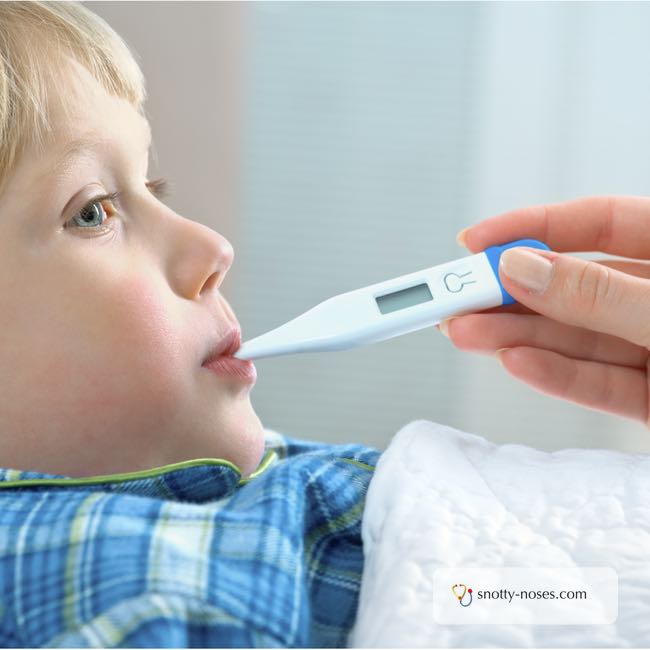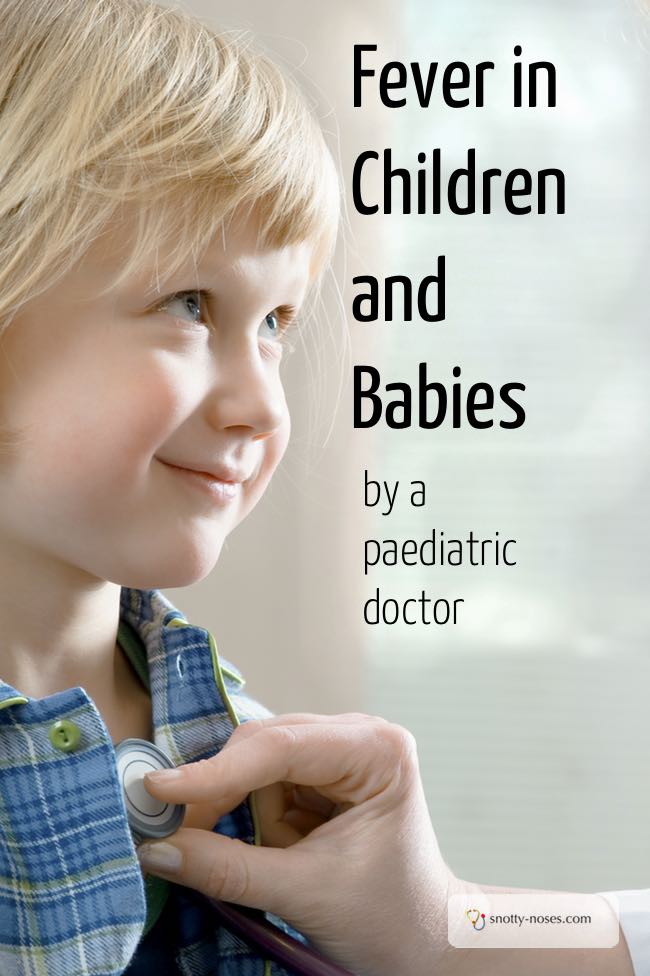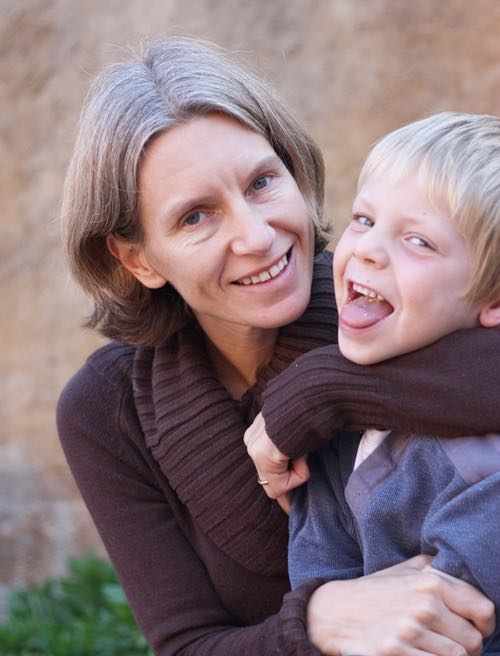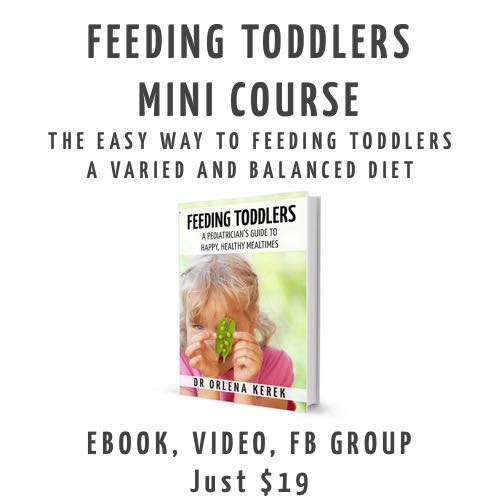Fever in Babies and Young Children
A fever is when your body temperature is above normal. Normal body temperature is 37°C or 98.6°F. When your body temperature is higher, you have a fever. Children often get fevers. It is normal and an important aspect of kids health. Their bodies need to learn to fight infections.

What temperature is a Fever?
A temperature above 37.5°C or 99.5°F is considered a fever. In babies under 6 months old this temperature is considered significant. In children over 6 months old, 37.5 °C or 99.5°F is a ‘mild fever’.
High Fever
A high fever is a temperature above 39.0 °C or 102.2 °F.
Why do we get Fevers?
Normally our body works very hard to maintain our temperature at the normal level of 37°C or 98.6°F. When something goes wrong (such as having an infection), our body can’t continue to maintain this temperature. It’s as if our thermostat isn’t working.
For children, the most common reason to have a temperature is because they have an infection, either bacterial or viral.
The fever in itself doesn’t do the child any harm, but doctors generally like to know where the source of the fever is. It may be a virus (snotty nose, streaming eyes, bit of a cough) or it may be something more specific, for example an infection in the bladder or kidneys (a urinary tract infection) or an infection around the outside of the brain (meningitis).
Fever Symptoms
These are symptoms of the actual fever. Often when your child is unwell, they have other symptoms too.
- Raised heart beat
- Hot and sweaty
- Sleepy and lethargic
- Pale
- Shivering
- Rigors
- Fits
Rigors
Rigors are a bit like shivering but they don’t stop when you touch them. (It can be difficult to tell the difference.) A rigor is considered a serious symptom. If your child has rigors, you should go to the doctor.

How to Reduce a Fever
In children and toddlers, a fever is normally a sign of infection. You can reduce the fever and make them feel more comfortable but that will not take away the infection.
- Dress them in loose, light clothing. Do not over or under dress them.
- Room temperature should be comfortable, not too hot or too cold.
- Allow them to sleep.
- Cold sponges. There is no evidence that this will reduce a fever. If your child wants a cold sponge, that is fine but some people find them uncomfortable.
- Over the counter medicine will reduce a fever for a few hours.
See Also

 Feeding Toddlers.
Feeding Toddlers. Would you like your kids to eat more healthily? Check out the book!
Would you like your kids to eat more healthily? Check out the book!